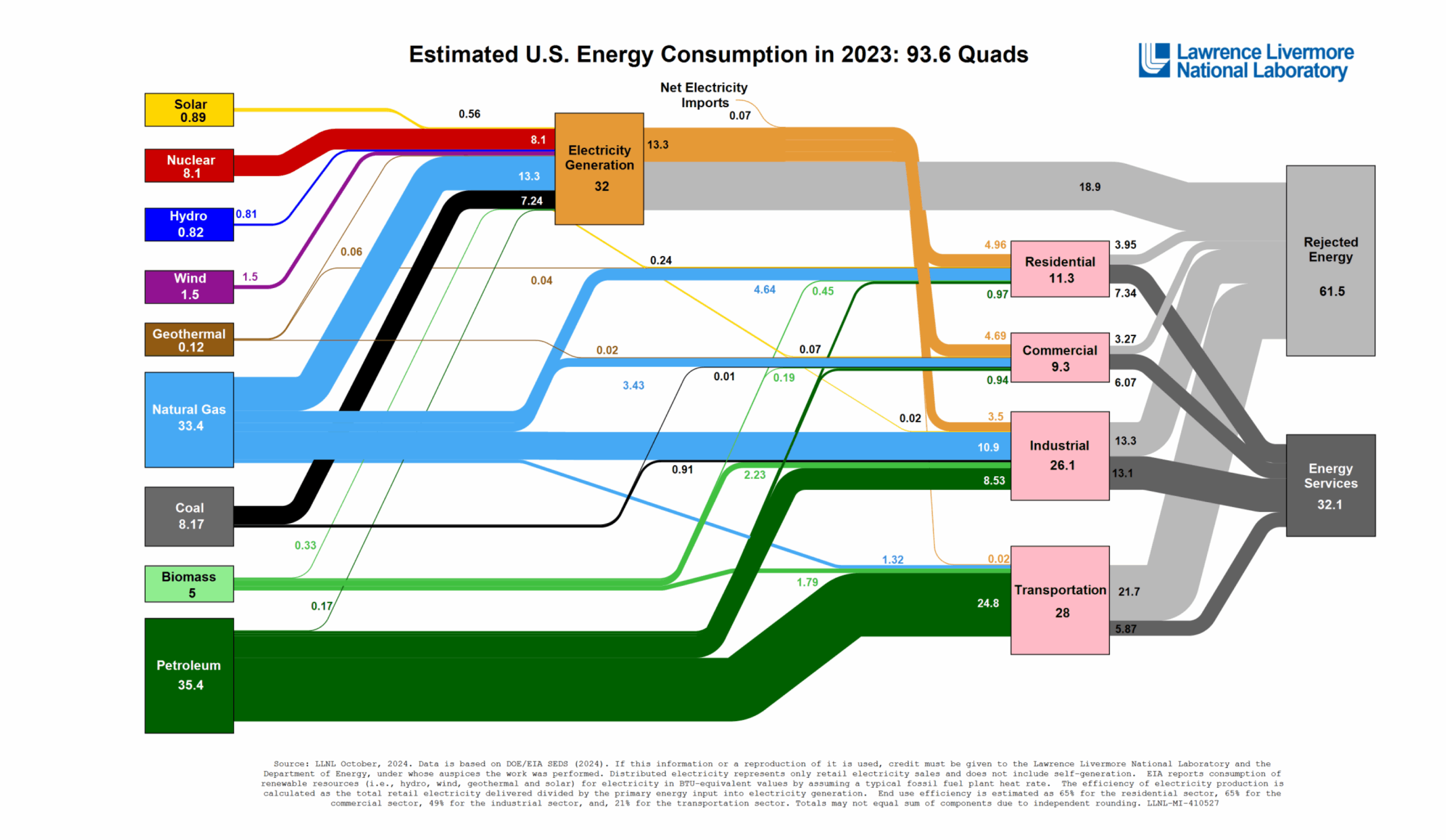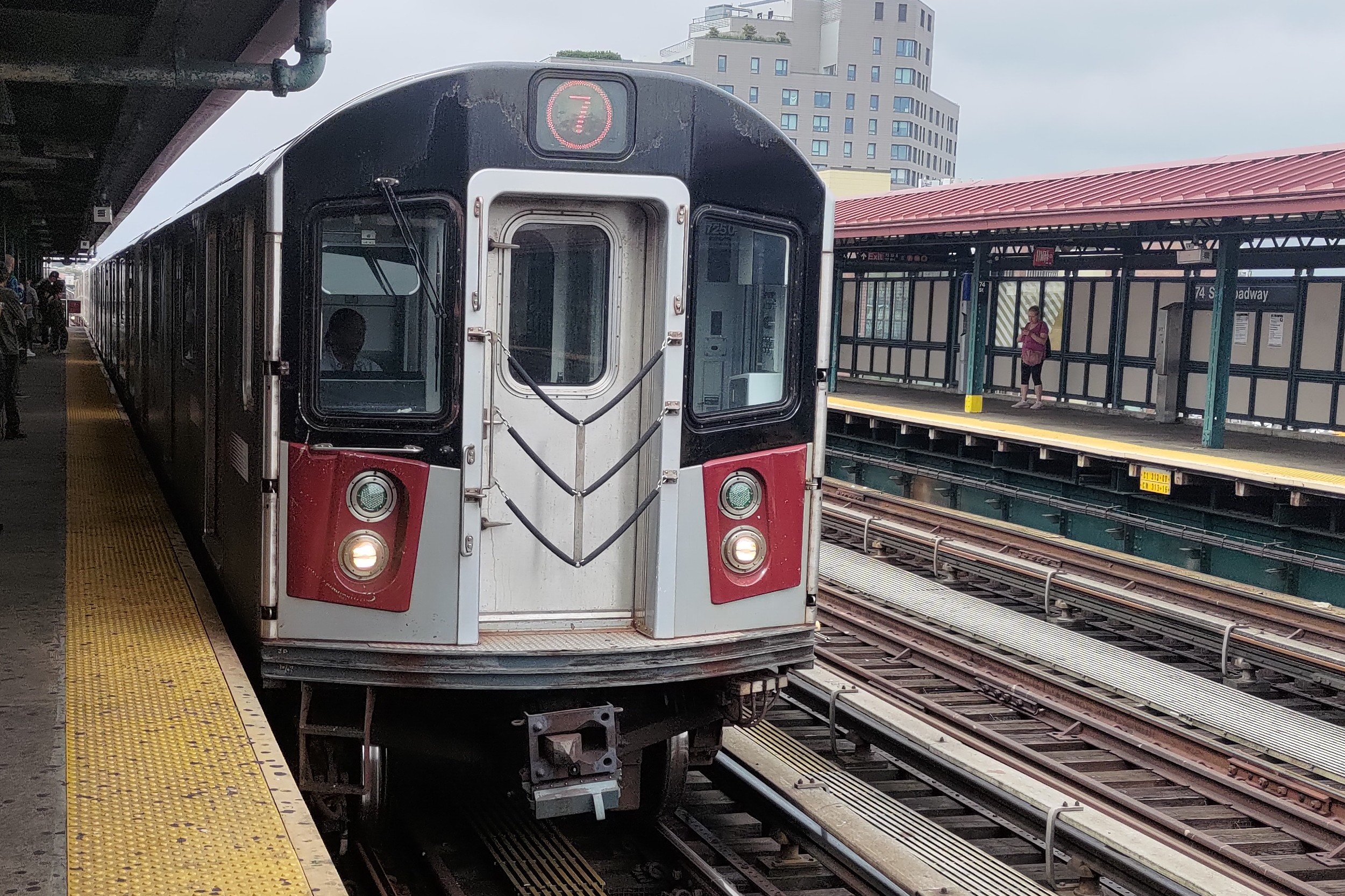Support CleanTechnica’s work through a Substack subscription or on Stripe.
This is something I never do. I am writing about a topic I know next to nothing about. But the world of 2050 is 25 years in the future and the next 25 years are expected to be very transformative. It is impossible to know anything with something approaching certainty about the world in 2050.
I do not expect a complete failure in taking the necessary steps to solve the climate threat, and I do not expect the world reaching the lofty goals of the Paris agreement either. I expect a worse, warmer climate. But not (yet) catastrophic weather making the Earth partially unlivable. This is not about what went right and what went wrong, or how to rescue the world in the second quarter of this century.
I am only looking at what could be a good energy infrastructure network 25 years from now. To do that, some guesses must be made about the future consumption and production of energy. The start of those guesses is the current situation, and what will likely change from that. An important caveat in looking at current consumption is the primary energy fallacy. It is best visualized by Lawrence Livermore National Laboratory, and a great explanation comes from Michael Liebreich. Last but not least, our own Jenifer Sensiba wrote “The Primary Energy Fallacy.”

In short, we do not have to replace the amount of energy that goes into the system at the left side of this picture. We only need to satisfy the demand for energy on the bottom right side. Currently, about 80% to 90% of the primary renewable energy from the left side is reaching the bottom right side. But of the crude oil used to move vehicles on roads, less than 20% is turned into the movement of goods or people.
The amount of primary energy needed is determined by the types of primary energy we choose and the way it can be made to produce work. Important considerations are transport, storage, and conversion from primary to final consumable energy. There are many scenarios for the transition and the future energy ecosystem. For simplicity’s sake, I compress them into two main visions for the future.
One is the hybrid vision with synthetic fuels, hydrogen, and electricity keeping more or less the current situation. Most adaptation is for the ways the new sources and versions of liquid fuels, gaseous fuels, and electricity are handled, while fewer changes are needed on the consumption side of the system. The technologies for the synthetic fuels, hydrogen production and use, and CCSS — all capable of producing the volumes needed — are expected within the next 10 years. This vision also keeps the existing corporate structure and profit sources in place. Perhaps this explains the lobbying of the oil, gas, and energy industry for this idea.
The other is the electrify everything approach. This is more radical, needs a new architecture for the infrastructure, requires more changes of the final users, uses existing technology, and is in the long run far more economical. But there is less space for the current players.
The hybrid future requires the least political will, just kicking the can down the road is enough. But the system will be much more expensive and less robust.
The electrify everything requires a strong political will, the willingness to invest large sums into the transition, and a huge amount of cooperation of the public, but it will produce a cleaner, cheaper, more robust energy ecosystem. But the biggest advantage to me and other climate nerds is that it can be done now and be finished decades before the hybrid world.
The proponents of nuclear can live with both systems, as long as the main primary energy source is a nuclear reactor.
All considerations up till now are globally valid. Depending on the current situation and legal and regulatory structures, the challenges for each type of path forward can be very different. A huge amount of wisdom, pragmatism, money, and political will are required.
Something specific about the EU.
For the EU+ (EFTA&UK), I think the management area should be bigger than the weather systems that provide or withhold the energy of wind, solar, and water. The weather in this part of Europe is influenced by the local climate zones that control it.
The most northern part of Europe has a cold climate, called a polar climate or tundra climate or something else scary. While of much influence up north, not many people live there, and not much renewable energy is gathered there.
In the middle part of Europe (on a North-South Axis), we have a westerly wind maritime climate influenced by the North Sea and the Baltic Sea that turns continental going east. I am no meteorologist, but for me, it starts to change in Poland and becomes fully continental in Ukraine.
And then we have the Mediterranean climate south of the Alps. There are often eastern and western Mediterranean weather systems, competing to be the hottest and provide the most sunshine.
Last, we have a bit of Atlantic weather on the Atlantic coasts of Scotland, Ireland, and Portugal, characterized by wind or more wind.
Did I mention that the Alps have their own mini climate zone?
There are often three or four weather systems traveling over Europe, mostly going east or going west with very unpleasant interaction when they are in each other’s path. “East is east and west is west and never the twain shall meet” is not true for our weather.
We nearly always have sun in the Mediterranean, wind on the coast, and wind on the North Sea. The continental weather in the east is more predictable and stable than the constantly changing weather in the west. To nearly always have enough sun and wind for the daily needs of half a billion Europeans, we need to bring all those energy contributors under the control of a single authority.
Besides that authority, we also need a high-capacity transportation network from everywhere to everywhere, and no national boundaries that make the transport difficult.
But this is about the Netherlands.
Currently, we have three main types of infrastructure for the distribution of energy. Those are the electricity grid, the natural gas system connecting every building to our national treasure (in 1959, the world’s largest natural gas deposit was found in the north of the Netherlands), and the many petrol stations selling crude oil products, mainly to vehicles. Besides these there are some special distributions to industrial sites, like coal to steel mills and base materials to fertilizer and plastic producers.
To understand the rest, it is important to know the organization of the Dutch electrical grid. The Dutch electricity grid is not managed by a single organization, but by 4 types of organizations. We have the producers, the consumers, the network, and the trade.
In the past, the producers were large power plants. They were owned by the local energy companies together with the local network. As in most countries, production, distribution, and sales were in one vertically integrated company. Usually, these companies were wholly owned by local government or largely owned by those jointly with commercial partners (aka public private partnerships). That is a thing of the past. There is a commercial part, production and trade, which has been privatized. The network, which is a natural monopoly, is in the hands of the community. Distribution is in local government hands. Long-distance transport is an international company owned by the national government.
The restructuring of vertical location-based holdings into horizontal holdings was an initiative of the EU. Some countries barely produced lip service, while others were slow to put it into practice. The Netherlands wanted to be more Catholic than the Pope and went to work quickly and very energetically. There was a lot of resistance from the establishment, but blind belief in the free market ideal won. In retrospect, it prepared the Netherlands for a radical transition of the energy system.
The privatized retail parts of the former utilities kept all their customers. But new startup retail companies did challenge them. With innovative marketing and plans, they tried to win over users for their business. A second group of startups began to build wind turbines and solar farms. But the biggest change was the appearance of consumers who also had solar panels (and sometimes private wind turbines) and were thus producing more electricity than they used and putting it back on the grid. These producer-consumers (aka prosumers) were a radical change in the electricity infrastructure.
The unintended consequence of all these changes was chaos on the grid. Gone was the coordinated planning of building new power plants, connecting new neighborhoods, and extending the grid. The utilities used to have a short-term planning horizon of 10 years. Now the grid did have a connection and delivery mandate, but there was no predicting where or when capacity was needed. All the public sees are capacity problems on the grid. A new way of organizing expanding the grid, building redundancy, and managing reserves is needed. Luckily, we have necessity, the mother of invention, who shall solve these problems.
That is to get us started — I will continue with my visions for 2050 and some additional thoughts in part 2 and part 3.
Sign up for CleanTechnica’s Weekly Substack for Zach and Scott’s in-depth analyses and high level summaries, sign up for our daily newsletter, and follow us on Google News!
Have a tip for CleanTechnica? Want to advertise? Want to suggest a guest for our CleanTech Talk podcast? Contact us here.
Sign up for our daily newsletter for 15 new cleantech stories a day. Or sign up for our weekly one on top stories of the week if daily is too frequent.
CleanTechnica uses affiliate links. See our policy here.
CleanTechnica’s Comment Policy


